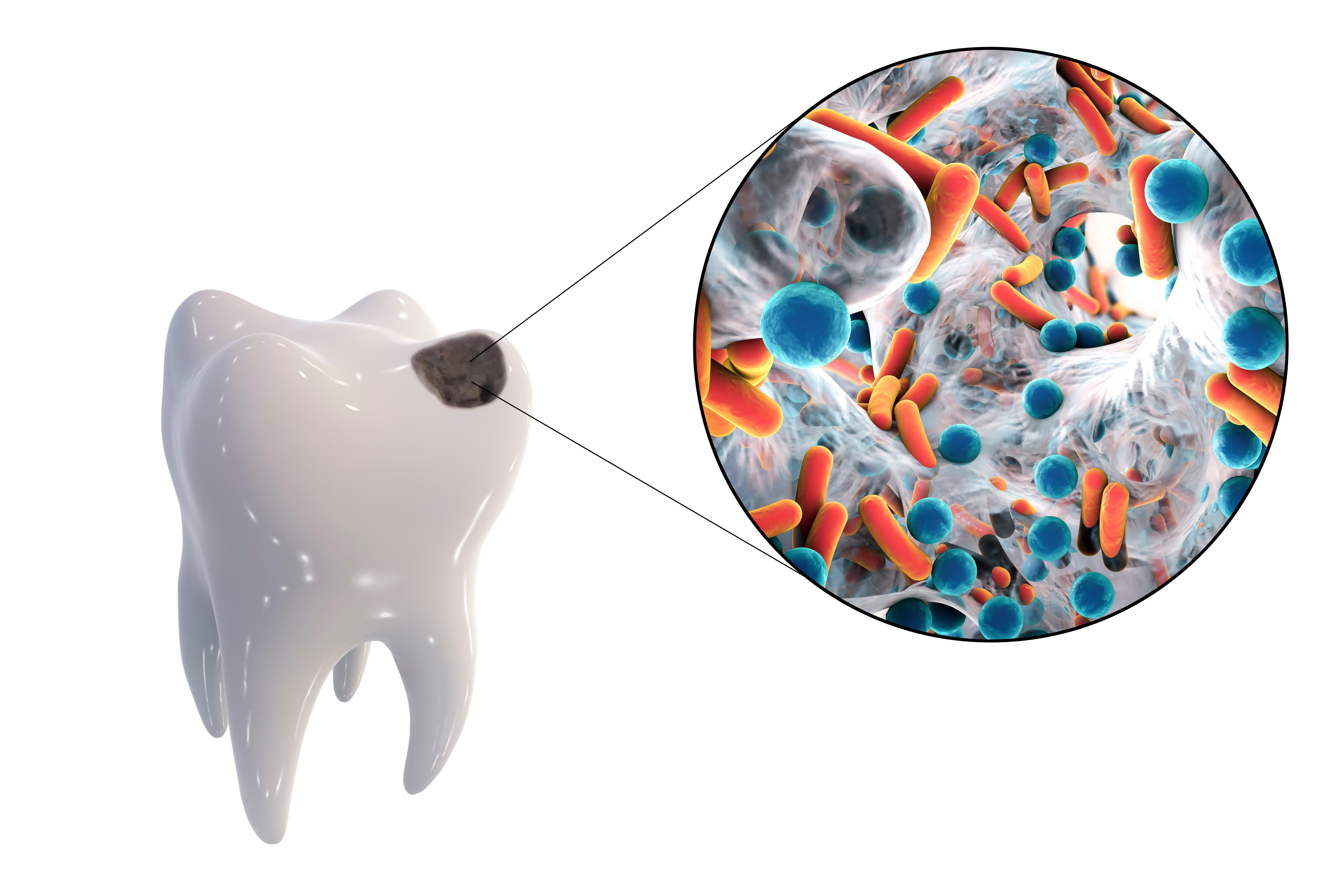- All posts
- 8 Media Venture
- althetics
- aMMP8
- Annimari Korte
- Antibiotic resistance
- Apotek Härtat
- Aqua Dental
- athlete
- Award
- Baltics
- Bonnier
- Bonnier News
- Brain health
- Business
- Cancer
- cardiovascular disease
- caries
- Chemo therapy
- children
- collaboration agreement
- Croatia
- Denmark
- Denta
- Dental erosion
- Dentex
- diabetes
- Dual Light
- Duodecim
- EFP
- EFR
- Estonia
- EuroPerio
- event
- Expodental
- FIBO
- fund raising
- general health
- Gingivitis
- Gum disease
- HAP
- HealthHub Pharma
- HIDES
- Hospital infections
- hospital-acquired pneumonia
- IBD
- Iceland
- IDS COLOGNE
- implantology
- invest
- investment
- italy
- Koite Health
- Latvia
- Lithuania
- lumoral
- Lumoral App
- Lumoral Junior
- Maritime industry
- Media
- MegaGen
- Movie
- News
- Nordic markets
- Nordics
- O
- Olympics
- Oral health
- Oral hygiene
- Oral mucositis
- Patent
- PDT
- peri-implantitis
- Perio Master Clinic
- Periodontitis
- periodontology
- Photodynamic therapy
- Press
- Ranking
- Romania
- Scandinavian Society of Periodontology
- Science
- Seafarer
- Seedtable
- share issue
- Shareissue
- Siblings movie
- Spain
- spots
- Stroke
- Study
- sweden
- Tartar
- techtour
- Thailand
- UK
- United States
- Valentine's Day
- WHO
- World Cancer Day
- World Health Day
- World Heart Day
- world oral health day
- World Smile Day

World Heart Day 2024: Highlighting the Critical Connection Between Oral Health and Heart Health
World Heart Day, launched by the World Heart Federation (WHF), is celebrated each year on the 29th of September. The global event aims to raise awareness and encourage action for heart health. Card...

Poor oral health can increase the risk of stroke
Every year, over 13 million people worldwide die from stroke. However, many of these incidents could be prevented through relatively simple means, such as a healthier diet, more exercise, or improv...

According to a report commissioned by the European Federation of Periodontology (EFP), 4.9 percent of global healthcare expenditure is allocated to treat preventable oral diseases such as gum infla...

Good oral health supports seniors' overall health - International Day of Older Persons on 1 October
Maintaining good oral hygiene and oral health is paramount for overall well-being. When it comes to older individuals, proper dental care goes beyond just addressing oral issues; it also plays a cr...

World Heart Day, launched by the World Heart Federation (WHF), is celebrated each year on the 29th of September. The global event aims to raise awareness and encourage action for heart health. Card...

World Health Day highlights the need for oral health-related knowledge of health professionals
The link between oral and general health is widely understood, but is this reflected in Finland's health care system and people's oral health? To mark World Health Day, Jukka Meurman, Professor Eme...